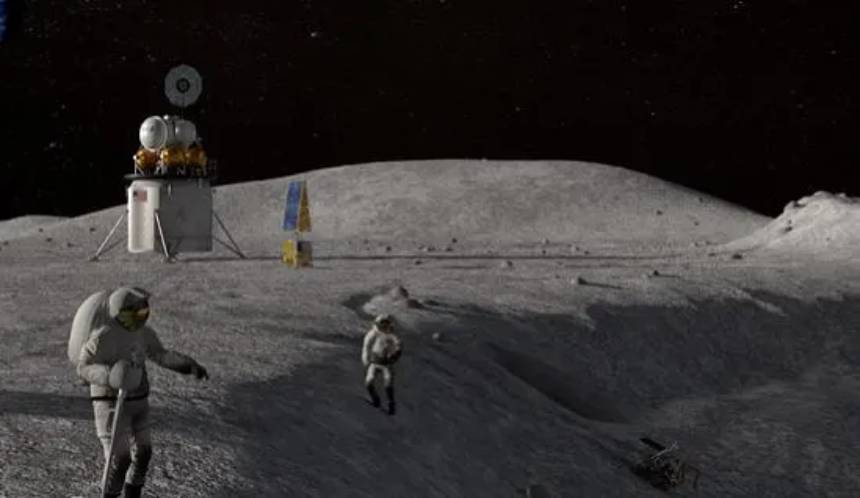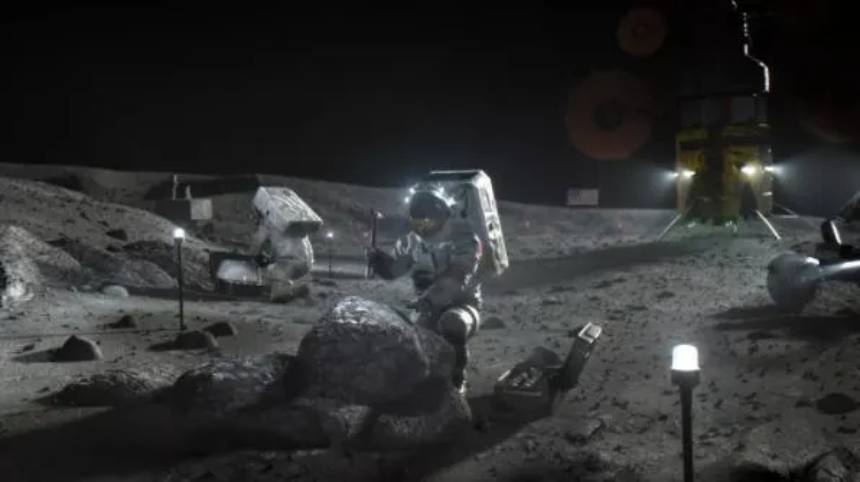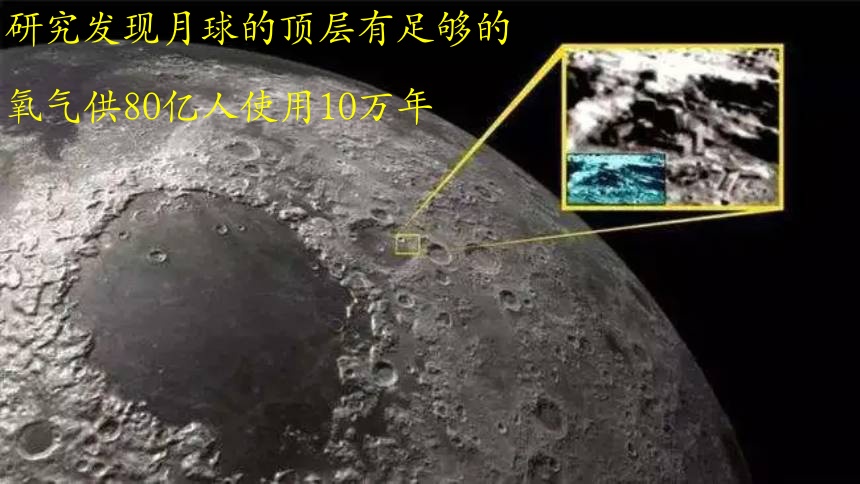The Moon is notoriously unlikely to look like a hospitable body for life, and satellites have long been the focus of the scientific community when it comes to establishing permanent settlements on alien celestial bodies. Establishing a lunar base naturally faces some extreme challenges, not the least of which is the problem of providing sufficient resources. Besides water and food, the one thing humans need most is air to breathe. So researchers have been looking for ways and means to ensure the essential production of oxygen on the Moon. NASA once sent a rover to the moon to collect rock samples that might provide breathable oxygen. Although the natural satellite of our blue home planet also has a natural protective shell, it is very thin and mainly composed of helium, argon, and neon.
So the layer surrounding the celestial body is not strictly speaking an atmosphere, but the exosphere is not a mixture of gases that can be used as breathing air for humans or other living things. However, this does not mean that there is no oxygen on the moon. For a large number of this chemical element, it does not exist in the form of gaseous aggregates at all. Oxygen on the moon, for example, is trapped in the regolith, the layer of fine dust grains and rocks that give the moon its distinctive appearance. If we succeed in dissolving the chemical element from the regolith in a corresponding amount of oxygen, it would be enough to make humans Establish a permanent settlement on the moon. Basically oxygen is found in many different soil minerals, and the Moon is also largely made up of rocks that we find on Earth.
The material composition of the lunar surface is mainly minerals such as iron and magnesium oxides, silicic acid and aluminum. These minerals all contain oxygen, but these are not enough for our lungs to breathe. In addition to larger rocks on the moon, corresponding minerals also occur in various forms. These rocks also include gravel and small microscopic dust grains, which are made up of countless meteorites that hit the lunar surface, pulverizing the crustal rocks during the impact. The lunar surface also repeatedly experiences a mixture of other materials carried by satellites. There are various minerals that do not exist in this form in primordial rocks. The moon’s regolith contains about 45 percent oxygen, but oxygen chemically bonds with the corresponding minerals, so a certain amount of energy is required to break these strong compounds.
For example, electrolysis, which is a chemical process, is a so-called redox reaction, which in turn refers to a reaction in which electron transfer occurs, which ultimately changes the oxidation state of the atom. For example, people can obtain aluminum, chlorine, hydrogen and caustic soda in the process of extracting aluminum. If this process is applied to the moon, then oxygen may become the end product. While we already understand the fundamentals of this chemical process, making oxygen production on the Moon is very energy-intensive, so we must use solar energy or other sources of energy that are naturally generated on the satellite. The first step is to liquefy the solid metal oxide, which is usually done on Earth by adding hot solvents and electrolytes, which can be done relatively easily.

Recently, the Belgian company Space Applications Services announced plans to develop three new experimental reactors to improve the process of electrolytic oxygen production, with the goal of sending them to the Moon by 2025. We hypothesize that experts have successfully developed an efficient oxygen extraction process, and the necessary sustainable energy sources on the Moon, but such a scientific milestone remains constrained by the central question of whether it is possible to generate enough renewable energy on the Moon. Breathe air to secure a large permanent colony there? Of course, I believe that scientists have already thought about this basic question. They are more concerned with hiding in the deeper rock layers of the moon, while our attention is drawn to the uppermost layer of the topsoil surface.
If the oxygen content of these minerals is 45, then each cubic meter of lunar regolith contains an average of 1.4 tons of minerals. According to official data, we can conclude that one cubic meter of topsoil contains 630 kilograms of oxygen. An adult human needs about 800 grams of oxygen per day to survive, therefore, a person can survive on a satellite of the Earth for about two years. The average depth of the lunar regolith is 10 meters, assuming we actually managed to extract the 100 oxygen deposits it contains, that would mean that the top 10 meters of the lunar surface alone would have enough oxygen for 8 billion people in 100,000 years Provide breath. Once the oxygen supply is guaranteed, where on the moon are suitable for establishing colonies, scientists usually refer to three regions, the poles, the equatorial side and the far side of the moon.

There are places at the moon’s poles that are exposed to nearly constant light incidence, where the sun could have been a constant source of energy in the past. Shackleton Crater in particular, with some peaks on its rim bathed in constant sunlight and potentially water ice available to humans, characterizes those regions in sequence along the lunar craters due to the steeper incidence angle of the solar wind. is relatively easy to get to. Because takeoff and landing do not require polar orbits, where higher concentrations of helium-3 exist, a possible location for a lunar base. Experts said that the plot of science fiction is gradually becoming reality. In the future, Chang’e flying to the moon and Wu Gang logging are not just legends. The moon may become the first place where human beings formally migrate in space. let us wait and see!
